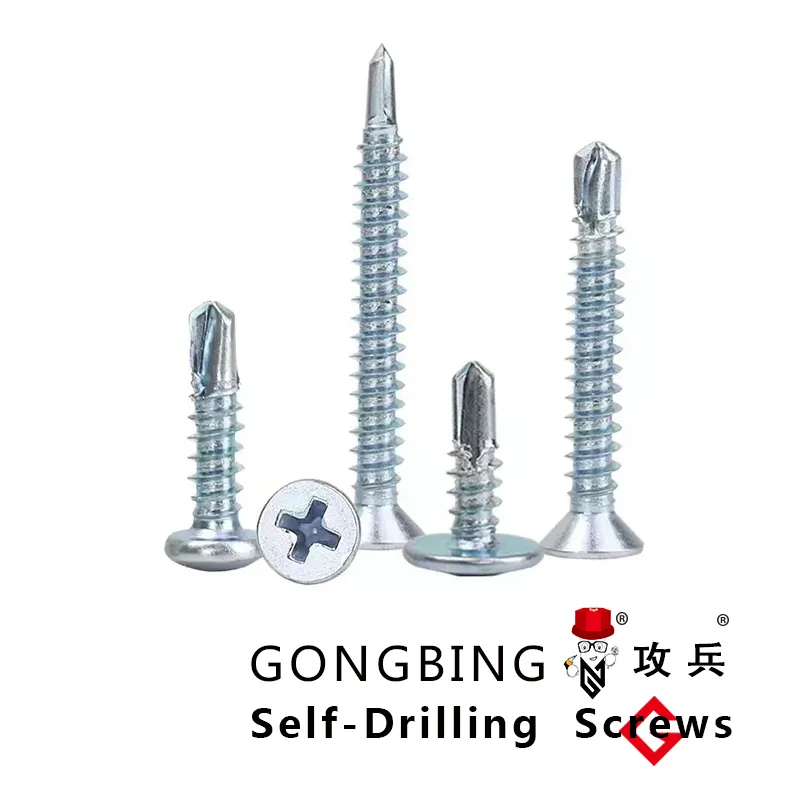Internal Hex Head Screws for Enhanced Stability and Secure Fastening Solutions in Various Applications
Understanding Internal Hex Head Screws A Comprehensive Overview
In the world of hardware and fastening solutions, internal hex head screws play a crucial role. These screws, often referred to as Allen screws or hex socket screws, are designed to be driven by a hexagonal (“Allen”) wrench. Their distinctive feature lies in the internal hexagon-shaped socket on the head of the screw, which allows for a more secure grip and enhanced torque application compared to traditional screw heads.
Design and Structure
Internal hex head screws are usually made from materials such as steel, stainless steel, or other alloys, ensuring strength and durability. They come in various sizes, lengths, and thread types, which makes them suitable for a wide array of applications, from precision machinery to construction. Their design includes a cylindrical body and a concealed hex socket that provides a clean aesthetic and reduces the chances of snagging, which is especially advantageous in tight spaces.
One of the significant advantages of internal hex head screws is their ability to be bolted down tightly without the risk of stripping the head. This feature is particularly valuable in applications that experience high levels of vibration or stress, as the hex design allows for a high torque-to-turn ratio, ensuring that the screw remains secure even under demanding conditions.
Applications
Internal hex head screws are widely used across various industries. In the automotive sector, they are frequently employed to secure components such as engine parts and chassis assemblies. In electronics, these screws hold circuit boards and casing together, ensuring structural integrity while maintaining a compact design. They are also prevalent in furniture manufacturing, where their use allows for flat-pack designs that can be easily assembled and disassembled without compromising strength.
Another common application is in the field of machinery and industrial equipment. Internal hex head screws are used in assembling machinery parts, where a strong and reliable fastening method is essential. Moreover, they are found in aerospace and medical equipment, where safety and reliability are non-negotiable aspects.
internal hex head screw

Advantages Over Other Fasteners
The use of internal hex head screws offers several advantages over other types of fasteners. Firstly, the internal drive design provides superior torque and minimizes the risk of rounding the screw head. This feature is particularly important in heavy-duty applications where forceful tightening is necessary. Traditional screws with external heads, such as Phillips or slotted screws, can easily become stripped if excessive force is applied.
Secondly, internal hex head screws reduce the likelihood of tools slipping during installation. This not only enhances the efficiency of the assembly process but also increases safety for the individuals working with these fasteners. The hex design allows for a deep engagement of the tool, providing stability and control.
Installation and Maintenance
Installing internal hex head screws requires proper tools, typically an Allen wrench or hex key. These tools come in various sizes to accommodate different screw dimensions. It’s important to ensure that the correct size wrench is used to prevent damage to the screw socket.
In terms of maintenance, internal hex head screws should be periodically checked for tightness, especially in applications subject to vibration or movement. It’s advisable to use thread-locking compounds in environments prone to loosening due to vibrations, further enhancing the reliability of the fastening.
Conclusion
Internal hex head screws serve as a reliable and versatile fastening solution across various industries. Their unique design offers numerous advantages over traditional fasteners, making them indispensable in applications ranging from automotive to electronics and heavy machinery. As industries continue to evolve, the demand for robust and effective fastening solutions like internal hex head screws is expected to grow, solidifying their role as a foundational component in modern engineering and construction. Understanding their properties and applications will undoubtedly aid in making informed choices for projects requiring secure and durable fastening solutions.
-
Weatherproof Plastic Expansion Anchors for OutdoorNewsJun.06,2025
-
Sustainability in the Supply Chain: Eco-Friendly TEK Screws ProductionNewsJun.06,2025
-
Load-Bearing Capacity of External Insulation FixingsNewsJun.06,2025
-
Double Head Bolts: Enhancing Efficiency in Industrial MachineryNewsJun.06,2025
-
Corrosion Resistance in Chipboard Screws: Coatings for Wholesale DurabilityNewsJun.06,2025
-
Butterfly Toggle Bolts : Enhancing Structural ResilienceNewsJun.06,2025
